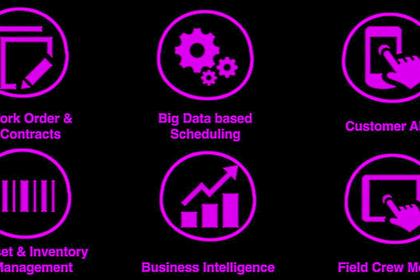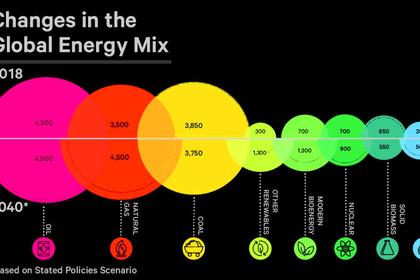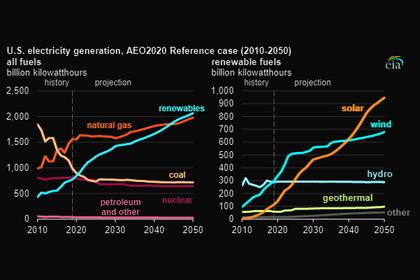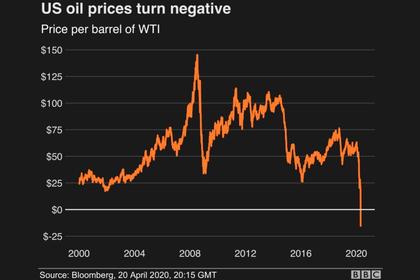ENERGY INDUSTRY: DATA MANAGEMENT
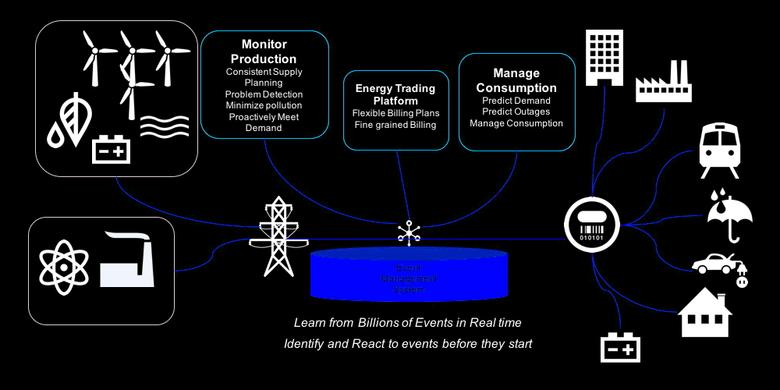
Florian Kolb Chief Commercial Officer & General Manager Energy Intertrust Technologies Corporation
ENERGYCENTRAL - How are data and ‘data-driven’ approaches evolving today’s energy industry?
The energy value chain is very complex, from generation, to transmission, distribution, energy trading, and energy sales. It includes a lot of hardware and software and it’s already very data-rich. Due in part to industry decentralization, the volume of data being generated in the energy space—and the amount of storage needed for this data—is increasing exponentially.
Meanwhile, costs have decreased for the sensors used to track factors like energy flows and other relevant measurements, so there are multiple business cases for generators and grid operators to retrofit existing infrastructure with more and more sensors. This has resulted in a veritable data explosion.
As processing costs have decreased, processing capabilities have come a long way. Artificial intelligence and analytics definitely play a role here. We’re able to do so much more with the data. With the latest technology trends at our disposal, we can analyze the data in new ways and use that knowledge to address some of the challenges faced by the industry. For example, the integration of more volatile renewable energy sources, such as wind or solar, brings prices down across the board. So traditional operators need to build and run their assets more efficiently and more effectively, to address the bottom line. Being data-driven allows them to do that.
What difficulties do utilities face and how can data help them overcome these challenges?
One of the challenges for utilities is that they’re still relying on the grid to ship the energy from whatever starting point to all the users, so when energy shipping costs increase, it’s not great for the economy. With e-mobility, to keep it from being cost-prohibitive, there’s a driving need to minimize investment in the charging infrastructure and the grid. Utilities also need to have more insight into the consumer side of things, because beyond price, there’s not a clear-cut way for them to differentiate themselves to customers.
There is a macroeconomic model behind all of this. The ”grid fee” is what it costs to run and maintain the power grid, and it’s paid by the electricity customer. In the end, the people have no choice but to pay for it—every customer, every person, every company. Obviously, lowering energy costs and infrastructure costs is desirable. The goal is to come up with alternate solutions, to work with storage, and integrate renewables more intelligently to balance things out and avoid expensive upgrades.
That’s where the data comes in once again, and why utilities are increasingly adding resources in that arena. Without having that data, it’s very hard for a grid planner to assess the peak of electric charging. Being able to analyze and integrate the data enables them to draw conclusions and make decisions proactively, rather than reactively. With smart-grid data, what utilities can detect over time is usage patterns and even device condition, down to the user level. One of the favorite use cases for that sort of data is being able to predict that someone’s fridge will break down three weeks in advance. It sounds like science fiction, but it’s possible with time-series grid data analytics.
Should the e-mobility marketplace take its direction from data?
Absolutely. By implementing data-driven business models, companies can engage in renewable planning and EV charging planning without putting undue stress on the current grid. To know where to place new charging stations, multiple stakeholders need full visibility into the grid, especially locations of power lines and substations, and the capacity parameters of the power line in the substation.
It would be in a utility’s best interest to share grid information proactively and transparently, to streamline the planning process. Unfortunately, utilities aren’t always forthcoming with grid information, which bogs downs the planning process. For example, California is the #1 U.S. state as far as the number of charging outlets and stations, with various robust e-mobility initiatives. And yet, only some aggregated grid data is publicly available, lacking good analysis and planning tools.
In the end, every investment decision into the grid is driven by data analysis, whether it’s evaluating existing hardware for upgrades in terms of capacity or load, or investigating the demand requirements that come from increased e-mobility. Having secure data interoperability is of paramount importance. In Germany, we’re very involved with the DigiKoo solution, which allows seamless, secure access to the grid company’s proprietary data. Thanks to DigiKoo, practically anyone can start planning EV charger infrastructure, solar installations, electrical storage or heating systems based on detailed data around the existing capacity of the grid and the devices in play. This is an important contribution to reduce CO2 emissions and climate change.
-----
This thought leadership article was originally shared with Energy Central's Digital Utility Community Group. The communities are a place where professionals in the power industry can share, learn and connect in a collaborative environment. Join the Digital Utility Community today and learn from others who work in the industry.
-----



